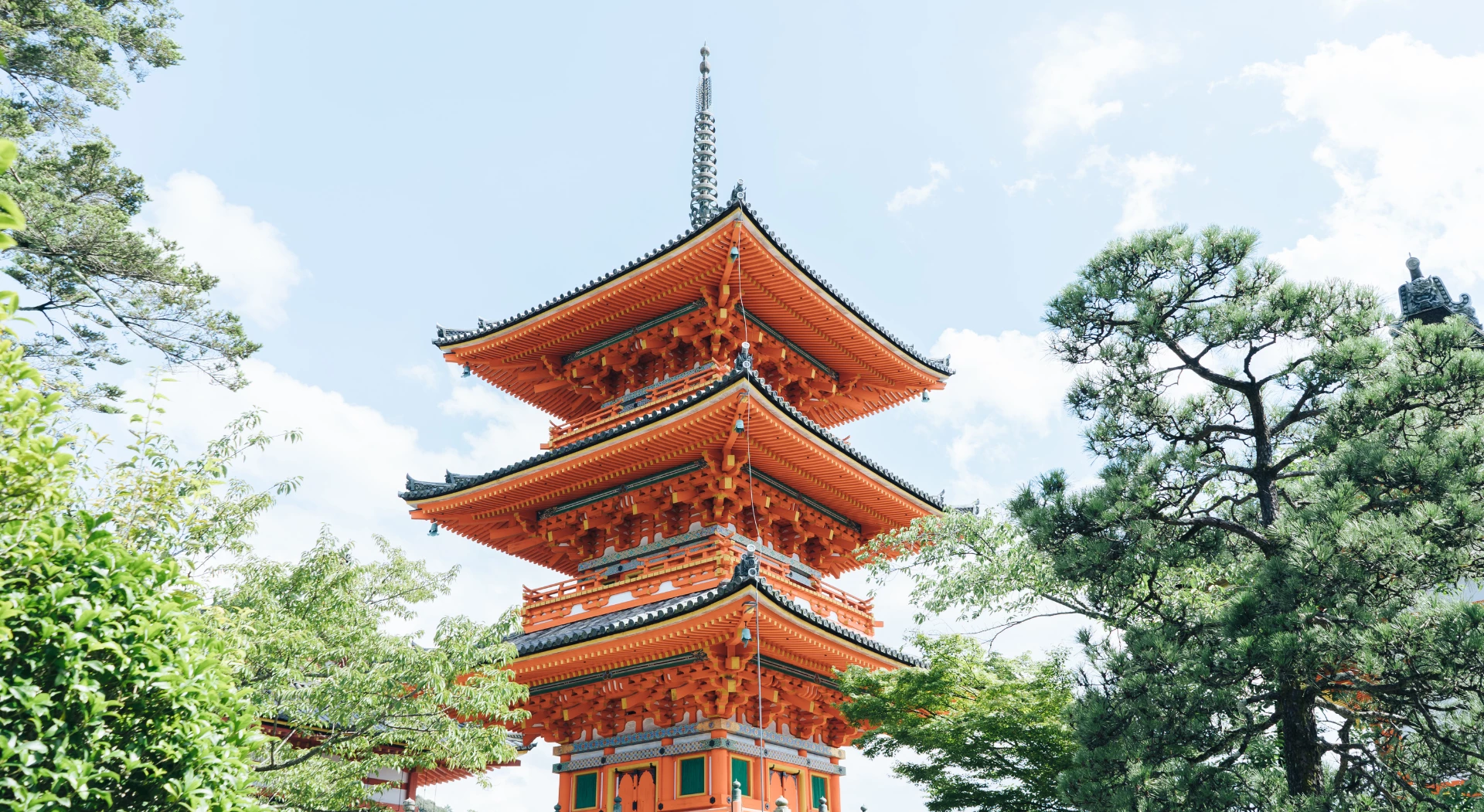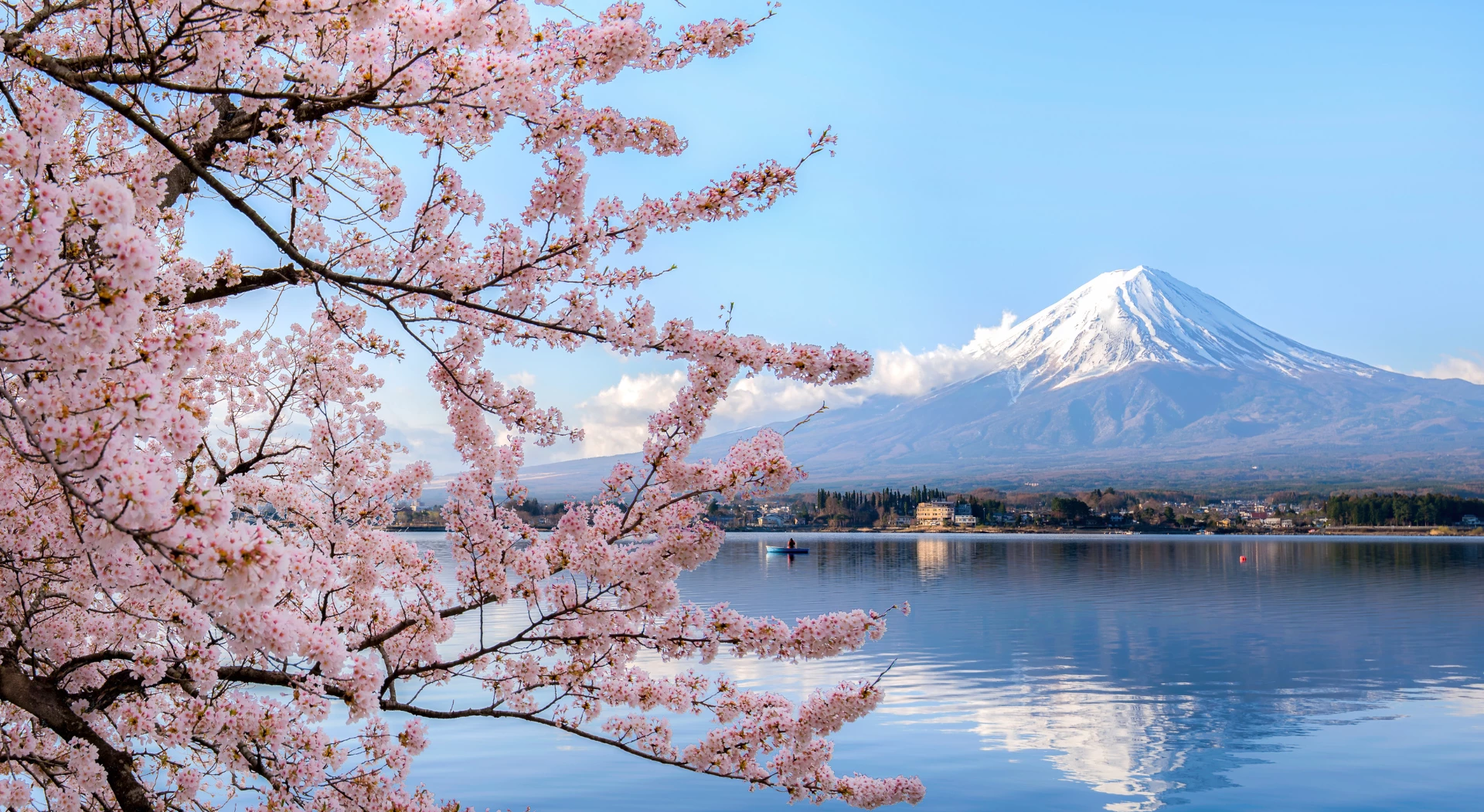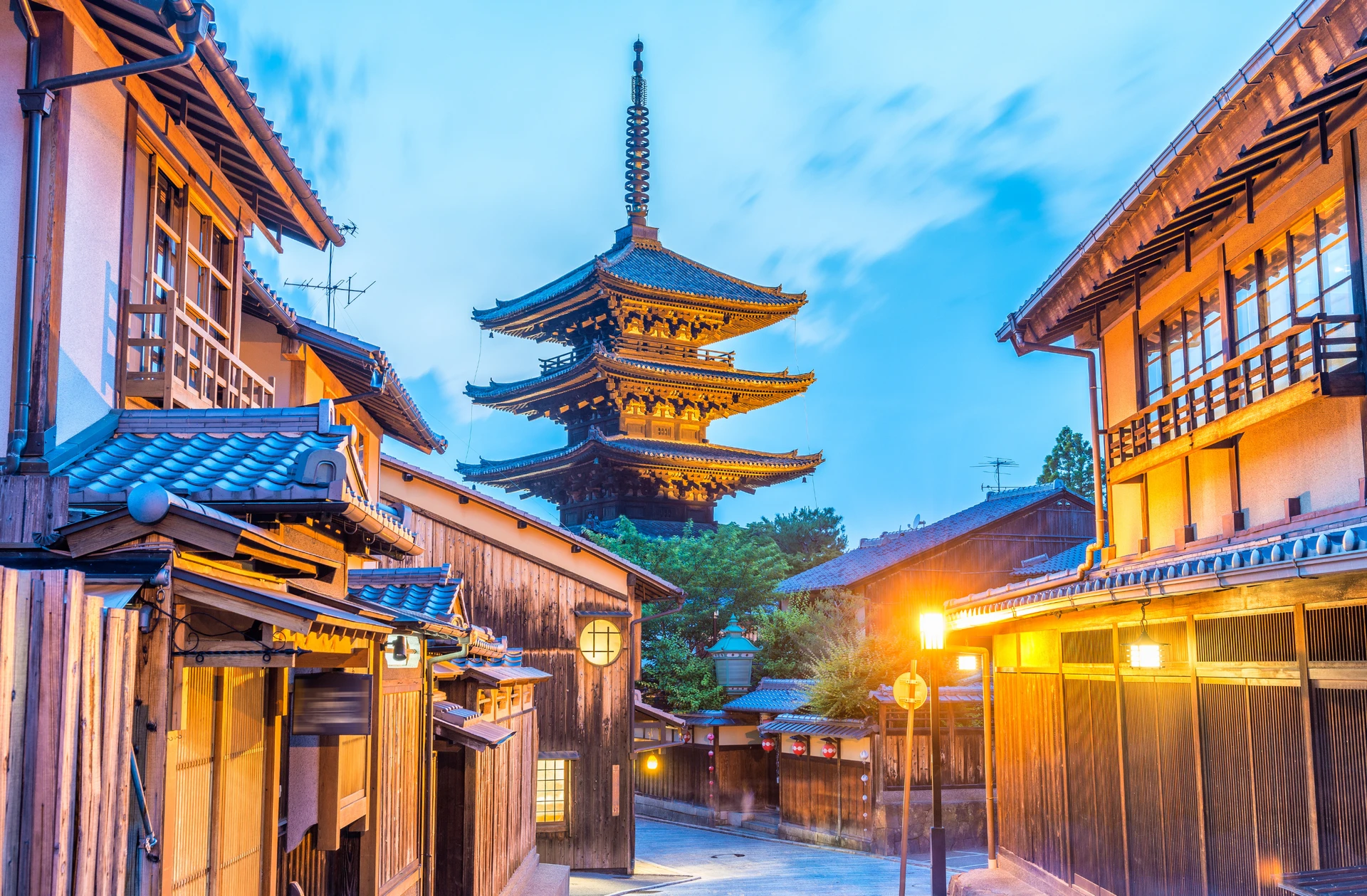12 days tailor made from £ pp
From £ pp

Japanese cuisine is renowned worldwide and as such there’s no better place to experience it than in the heart of the country. This itinerary is cuisine-heavy, allowing you to not only try an authentic cooking class but also explore where locals go for their food.
This tour is a 12-day luxury adventure that weaves through Japan’s culinary landscape, offering cooking classes, visits to local food markets, and exclusive dining experiences. Take the famous bullet train to rural Japan and sample the most extraordinary views on your journey.
Prepare to become a master of Japanese cuisine with immersive cooking classes, led by skilled local chefs who will unveil the secrets behind iconic dishes. You’ll gain hands-on experience in crafting sushi, noodles, miso soup, and more, allowing you to bring the essence of Japan’s flavours back home with you.
Our itinerary is a harmonious blend of culinary delights and cultural wonders, ensuring that every moment spent in Japan is a feast for the senses. From the bustling food markets of Tokyo to the serene countryside villages, every destination on this tour has been handpicked to offer you a taste of Japan’s diverse culinary landscape.
This tour is designed for those seeking an immersive gourmet experience, blending luxury travel with authentic cultural insights, making it a perfect choice for food enthusiasts and cultural explorers alike.

Tailor-Made
Japanese cuisine is renowned worldwide and as such there’s no better place to experience it than in the heart of the country. This itinerary is cuisine-heavy, allowing you to not only try an authentic cooking class but also explore where...

Tailor-Made
Japan is culturally rich and its traditions and customs vary greatly from the West. With this itinerary you’ll get under the skin of the country, exploring both cities and rural life. Explore the interplay of ancient wisdom and modern marvels...

Group Trip Departs: • 29th October 2024 • 24th March 2025
Step into the heart of Japan, where ancient culture and modern innovation exist in perfect harmony. This gay group adventure takes you from the bustling streets of Tokyo, a city that never sleeps, to the serene landscapes of Nagano, with...
We want to ensure you have the best experience with us so we’ll keep working on your itinerary until perfect. You will have your own personal dedicated member of our team who will help build the perfect trip for you.
Call our travel experts on +44 (0)20 7157 1570
We pride ourselves in the number of clients that are referred to us by our existing customers. Our 5* Trustpilot rating is important to us, so we encourage you to browse our reviews. They speak for themselves and that's why you are in safe hands.
020 7157 1570
To start planning your luxury trip, tell us more about your travel plans and we'll match you with one of our experienced travel specialists. You can speak to us via phone, email or video call.
All the prices on our website do not include flights. We can, of course, arrange them for you.